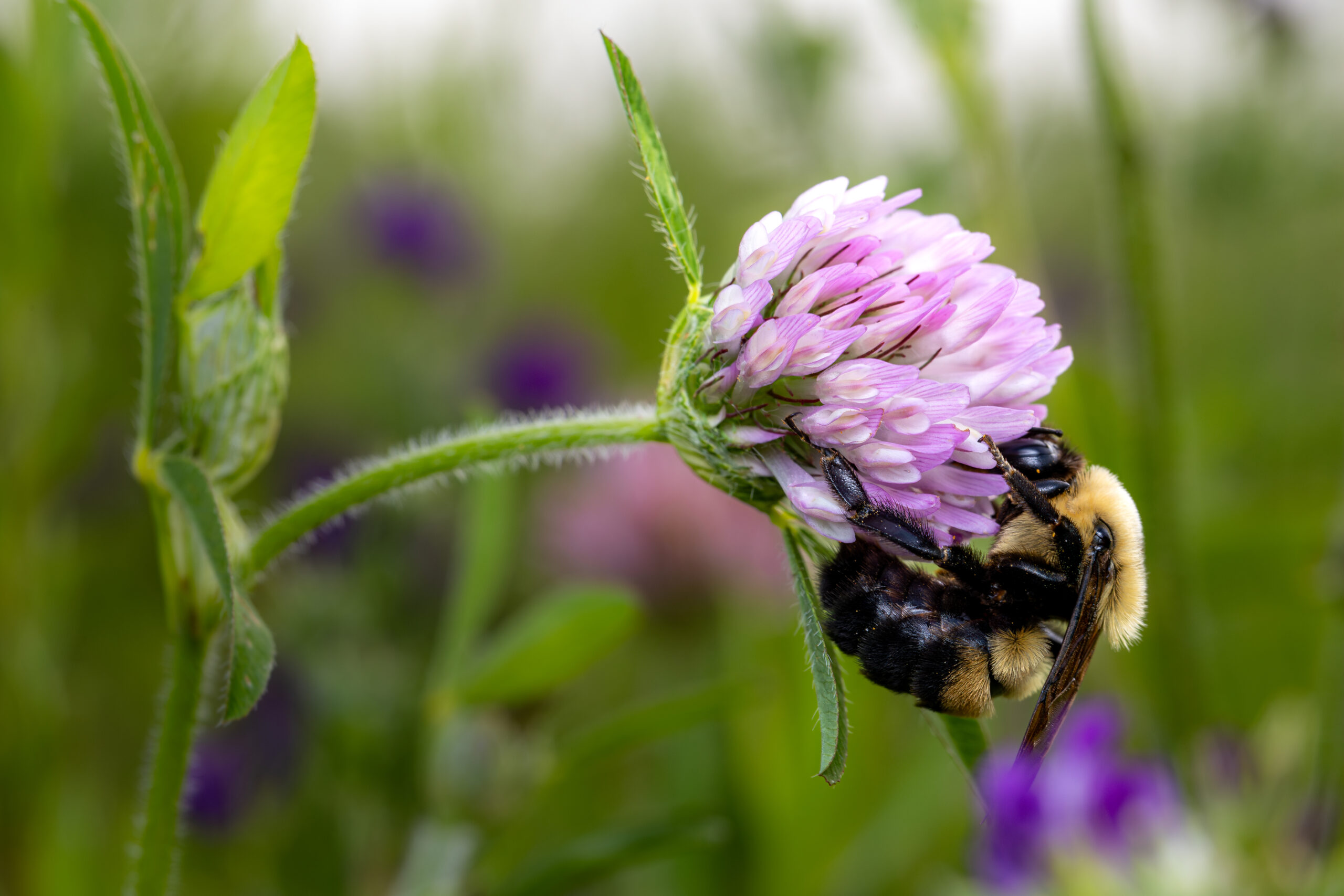
Bill 15: this ‘blank cheque’ legislation could dramatically change how B.C. approves major projects
Premier David Eby says new legislation won’t degrade environmental protections or Indigenous Rights. Critics warn...
A sudden cold snap gripped southern Ontario on May 17, 2023. Morris Gervais, owner of Barrie Hill Farms in Springwater, Ont., saw frost in the forecast and knew it would be a long night.
Even under sunshine and blue skies, the temperature didn’t climb past 8 C that day. Bad news for Gervais, as his honeybees will only fly when it’s warmer than 12 C. And his apple orchard had just entered peak bloom — a critical five-day window that could make or break the year’s harvest.
“All of a sudden it’s cold and cloudy, and the honeybees just pack it in,” Gervais said.
Thankfully, wild bumblebees — those that are native to North America — pick up the slack. Even at a brisk 5 C, “those bumblebees are still flying.”
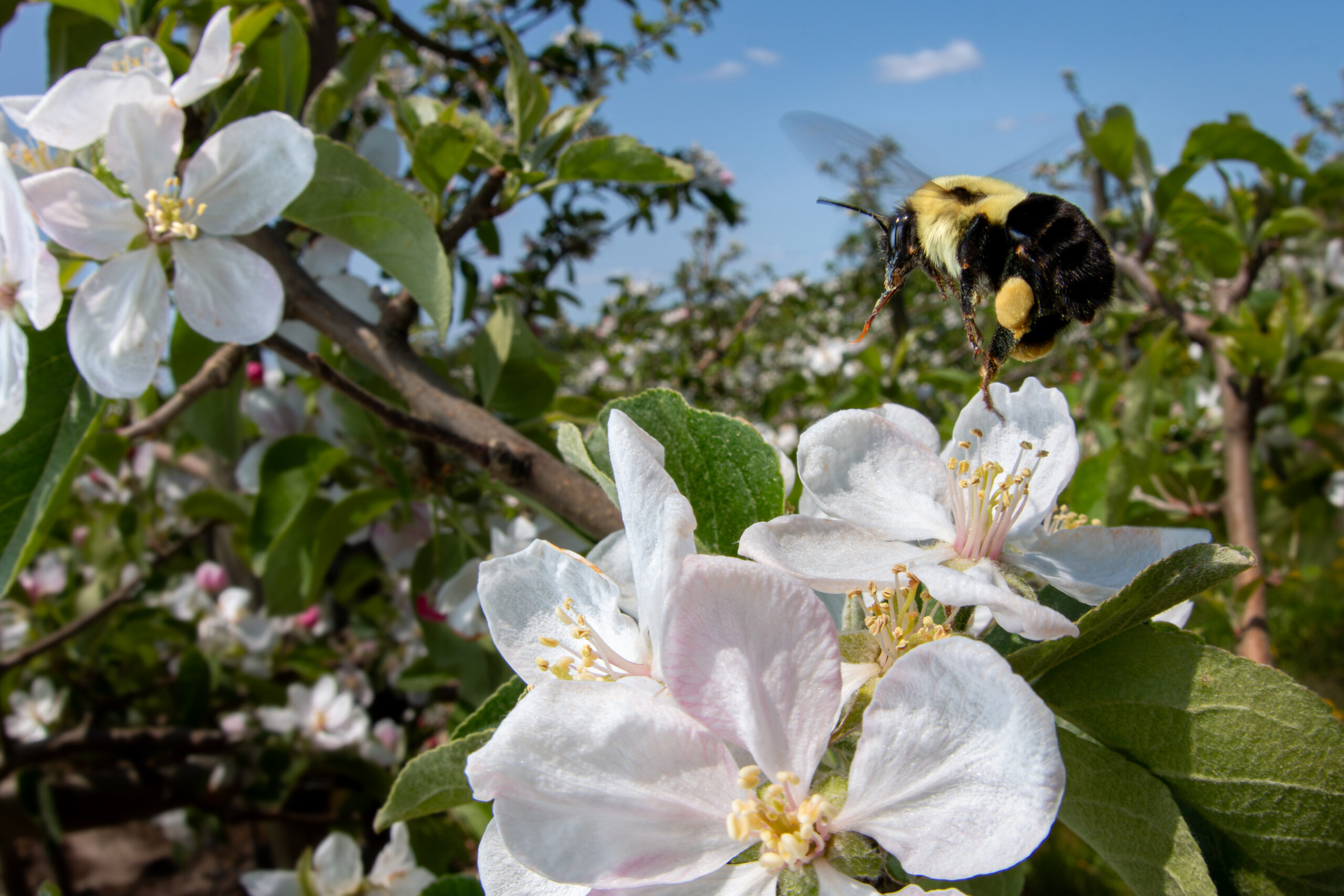
After seasons of forest fires, floods and heat waves, there’s a sincere need to build resilient food systems that can weather the worst Mother Nature can throw at us. But an over-reliance on the European honeybee for crop pollination puts all our apples in one basket, said Sheila Colla, an ecologist at York University’s Centre for Bee Ecology, Evolution and Conservation.
One-in-three bites of food we eat can be traced back to an insect pollinator, with the lion’s share thanks to bees. The feat is often misattributed to the honeybee alone, but a recent study estimates wild pollinators contribute $2.8 billion a year to Canadian farmers’ incomes.
And yet not only are we failing to protect them, we’re actually pushing them out.
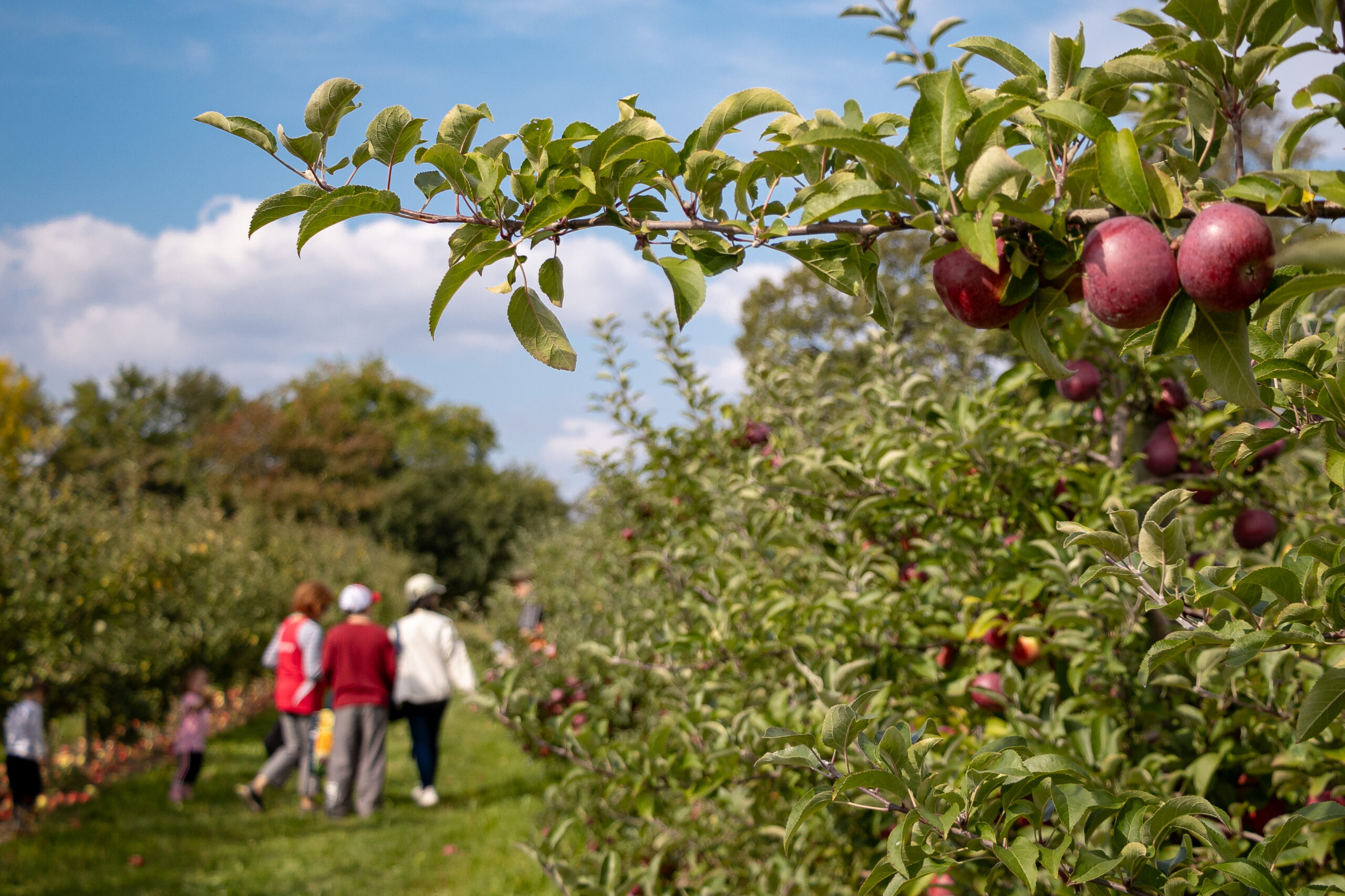
More than 850 species of native bee call Canada home. Like the leafcutter, carpenter, mason and miner bee, the species’ names often denote their niche, each pollinating in their own distinct way. They all use different natural habitats and materials for nesting, Colla said, “which builds resilience into all these relationships.”
Many native bees are of particular interest to agriculture for their unique ability to buzz-pollinate crops. They blast pollen off a flower using vibrations while they forage. This process enhances fruit yield and seed number in comparison to crops pollinated by honeybees alone, according to a study published in the Journal of Economic Entomology.
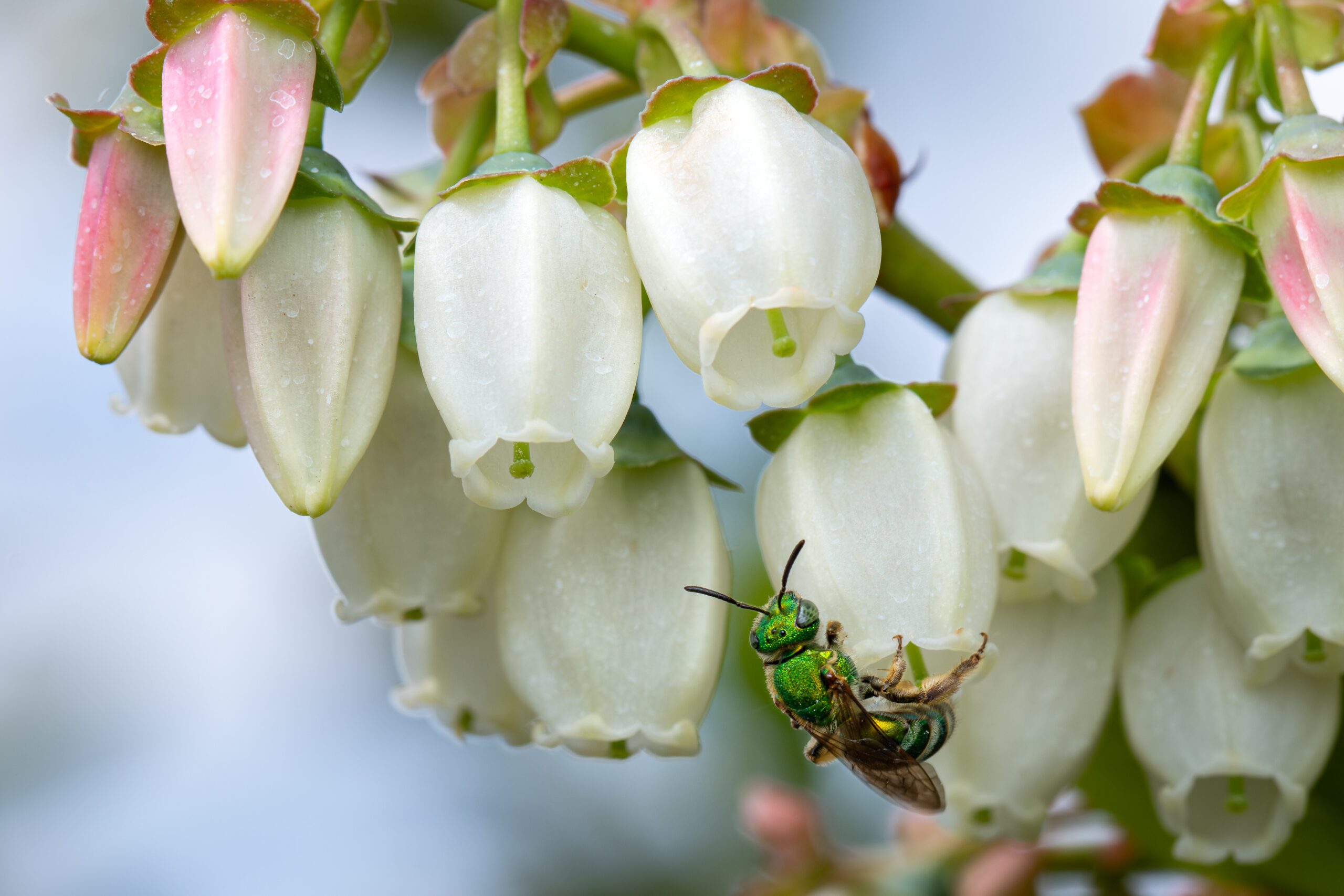
Some species are pollen specialists, like the squash bee, which nests underground in a favourite pumpkin patch. They often start work before dawn and sometimes even sleep overnight within the squash flowers themselves. Extra time within the flower creates more thorough pollination and leads to larger fruits.
Orchard mason bees, by contrast, visit more flowers per hour than any other bee. A few hundred orchard mason bees can handle a workload equivalent to that of 15,000 honeybees or more.
And native bees are more tolerant of a range of inclement weather conditions. Well-adapted to cooler temperatures, bumblebees warm themselves by shivering their flight muscles. They hold onto that heat with their extra heft and thick fur, enabling them to fly at 5 C and colder.
As the climate and other conditions change, wreaking havoc on honeybee populations, wild pollinators function as an ecological safety net.
“Where did the disconnect happen — why do we all of a sudden value the honeybee as our main pollinator?” Colla posited. Since 2010, seven of the 45 types of bumblebees native to Canada are listed as either endangered, threatened or of special concern.
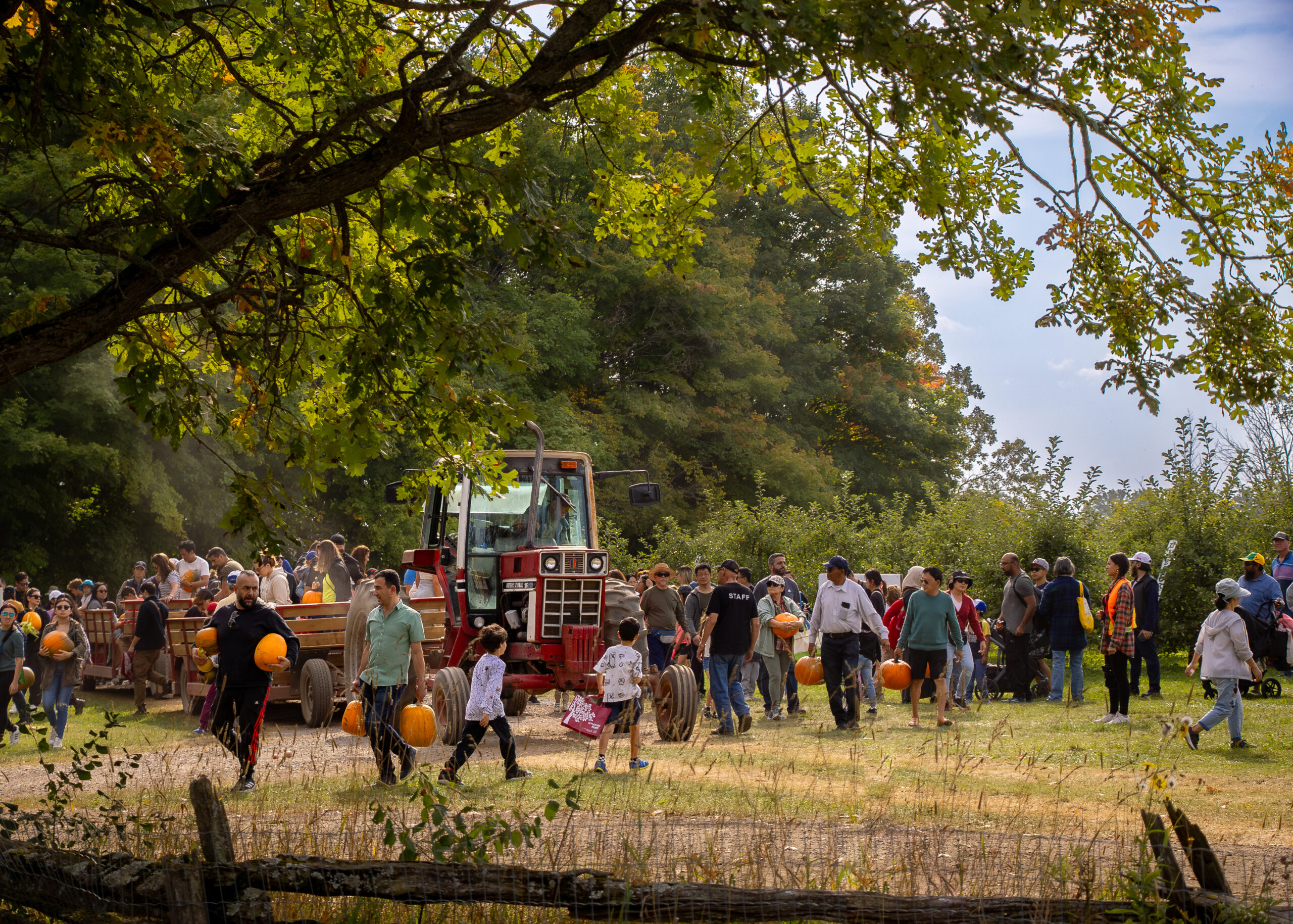
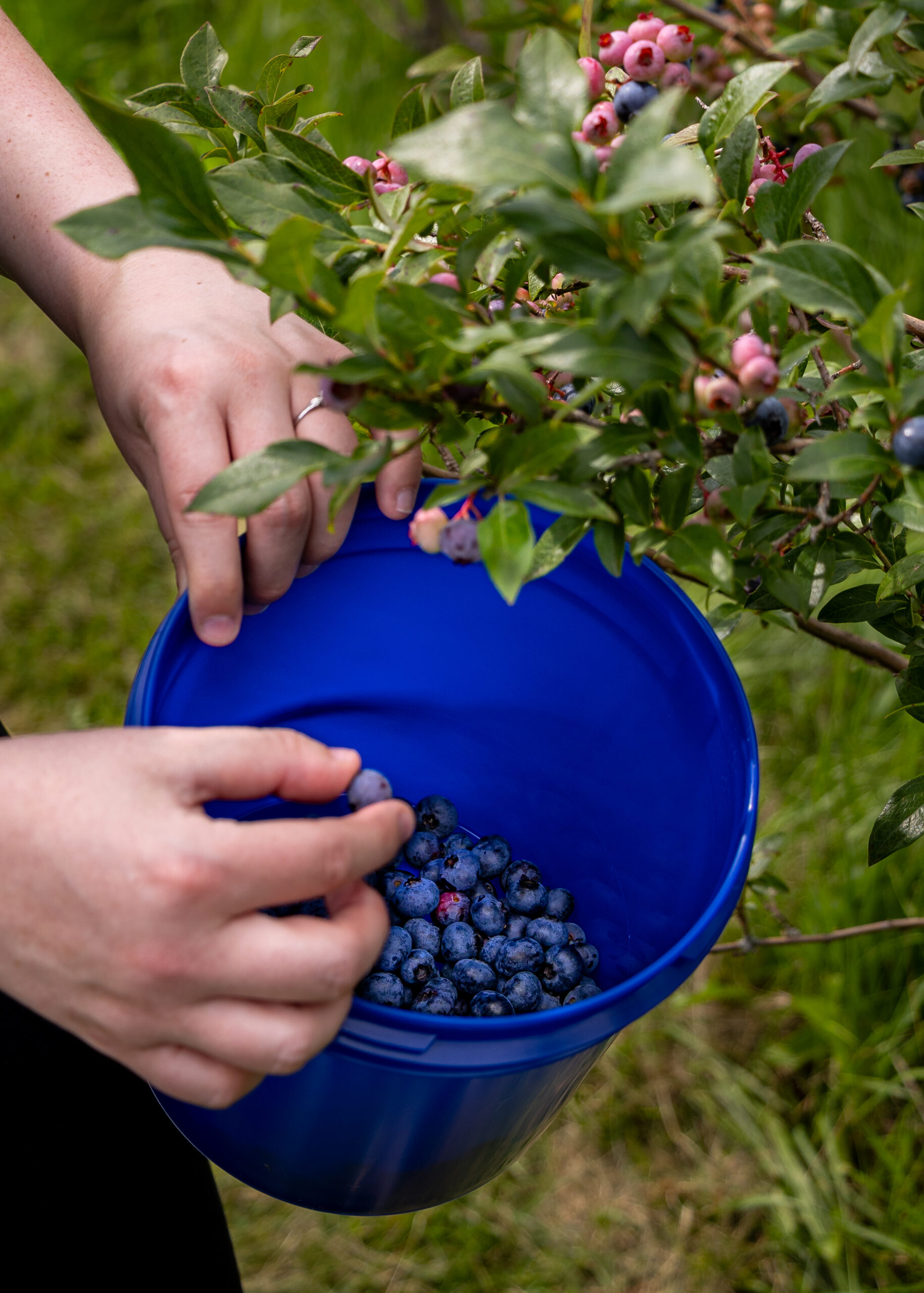

Honeybees are universally recognized for their role in agriculture and represent a billion-dollar industry in Canada. Often marketed as a green solution, hives can be transported to farms on demand, with a legion of bees ready to go. They possess a generalist appetite and a remarkable ability to communicate with their hivemates: traits that guarantee any floral resource within a few-kilometre radius of the hive will be discovered and harvested.
However, honeybees are not native to North America. The same factors that make them convenient for farms can spell disaster for local biodiversity. A recent study in Toronto by Colla’s lab suggests honeybee abundance decreases the richness and diversity of native bees.
Through sheer numbers, honeybee swarms outcompete native species for local food resources. And, as social creatures that live in close quarters, they pass around many persistent diseases and viruses, which they introduce to native bee populations that have no immunity to them. Both of these factors contribute to biodiversity loss.
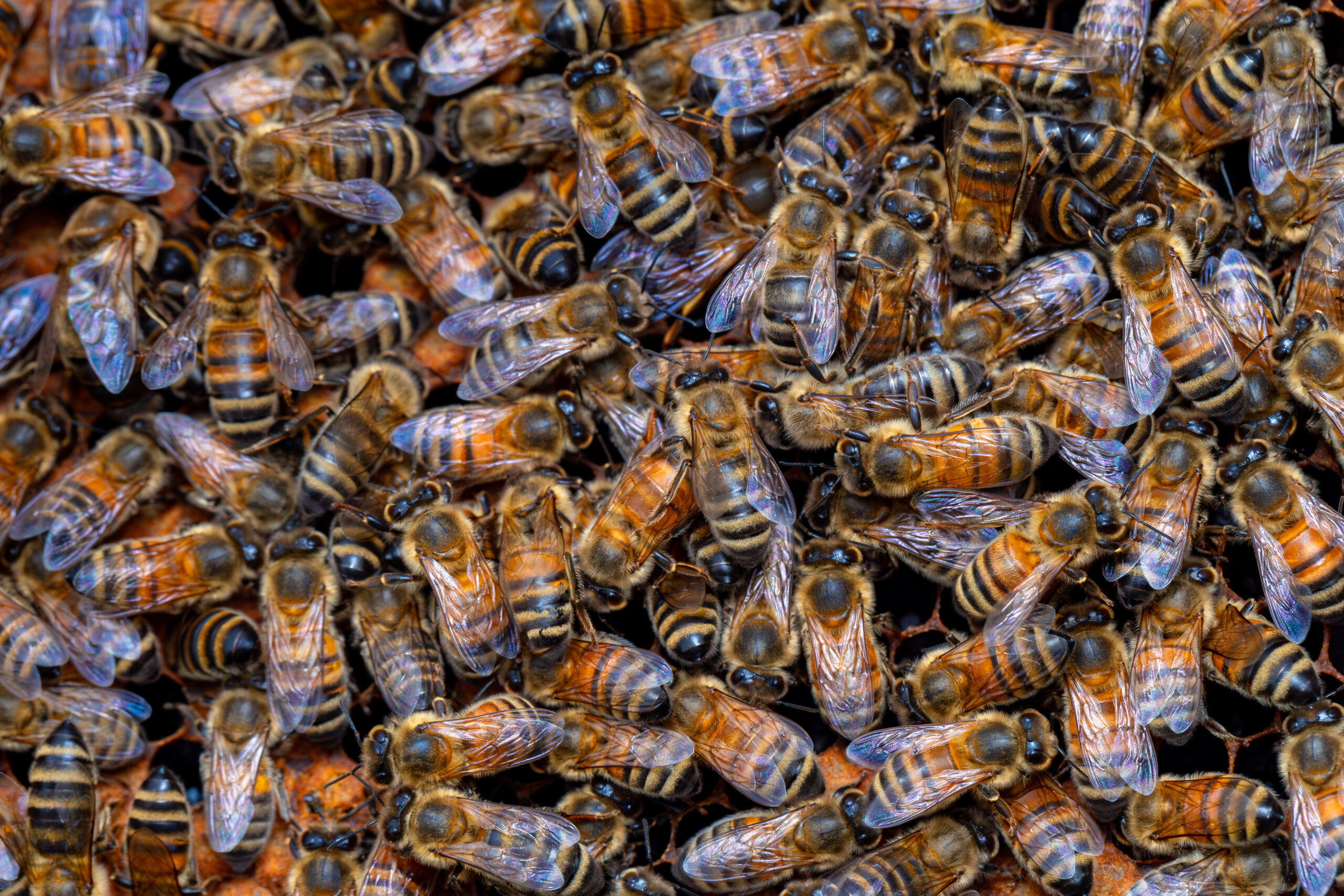
In Canada, insect biodiversity loss is further driven by the usual suspects: climate change, habitat loss, pathogen spread and pollution. To do anything to help these species, “We need to address all of these threats; there isn’t one silver bullet,” said Amanda Liczner, a former student of Colla’s and now a conservation biologist at the University of Guelph’s Raine Pollinator Lab.
One of the concerns with expansive monoculture farms is that “there’s a big resource pulse, a boom while it’s flowering, but then once it’s gone, it’s gone,” Liczner said. Cropland becomes a resource desert with nothing for local pollinators to eat or feed to their young.
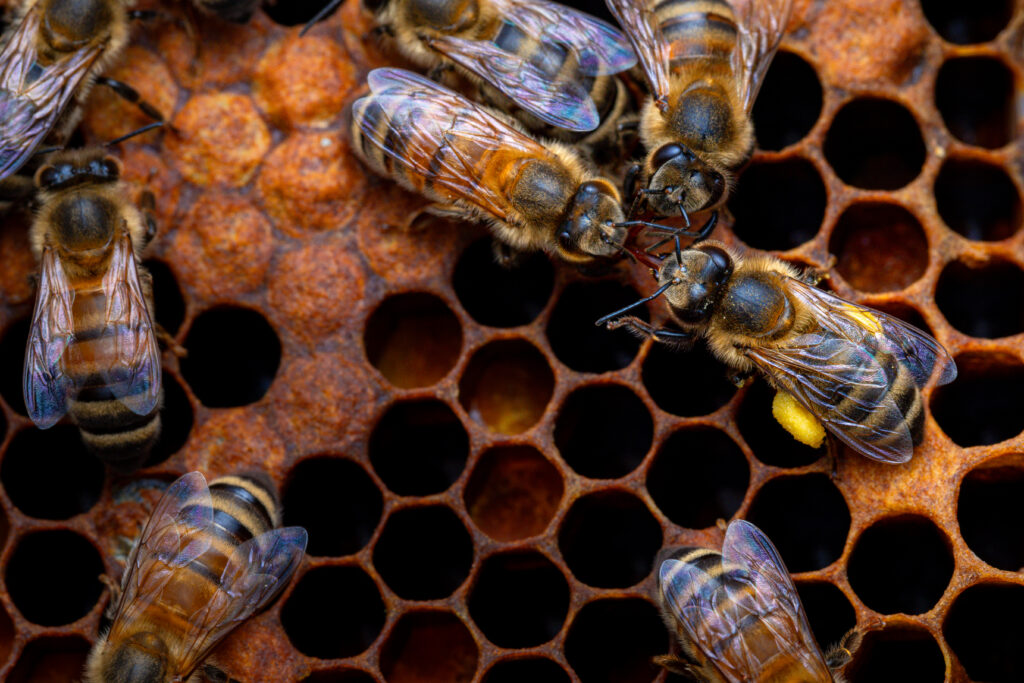
Gervais, whose family has operated Barrie Hill Farms since the 1960s, provides bees with untouched forest lots and wildflower-seeded hedgerows that supply both nesting habitat and flowers to forage every season. In exchange, native bees deliver superior pollination to his strawberries, raspberries, blueberries, pumpkins and apples.
Similarly, Connor Miller, a third generation farmer and manager of Applewood Farm, said he’s “never had an issue with a lack of bees.” Founded by Miller’s grandfather more than 50 years ago, Applewood runs as a pick-your-own style farm in Stouffville, Ont. “We don’t bring in honeybees at all. Never have.” Although honeybees do visit from neighbouring farms, he depends on native bees to pollinate the orchards, along with strawberry and squash fields.
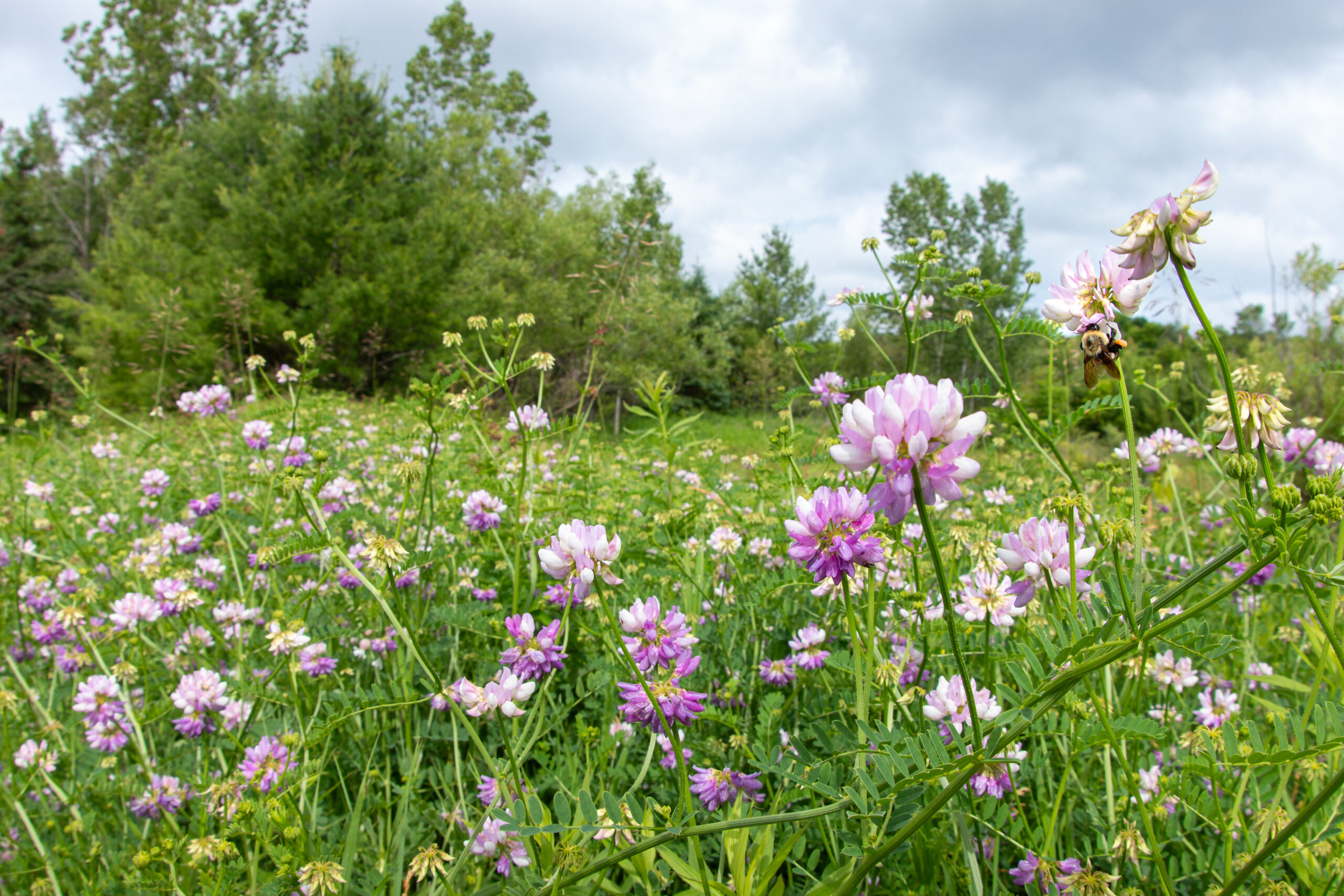
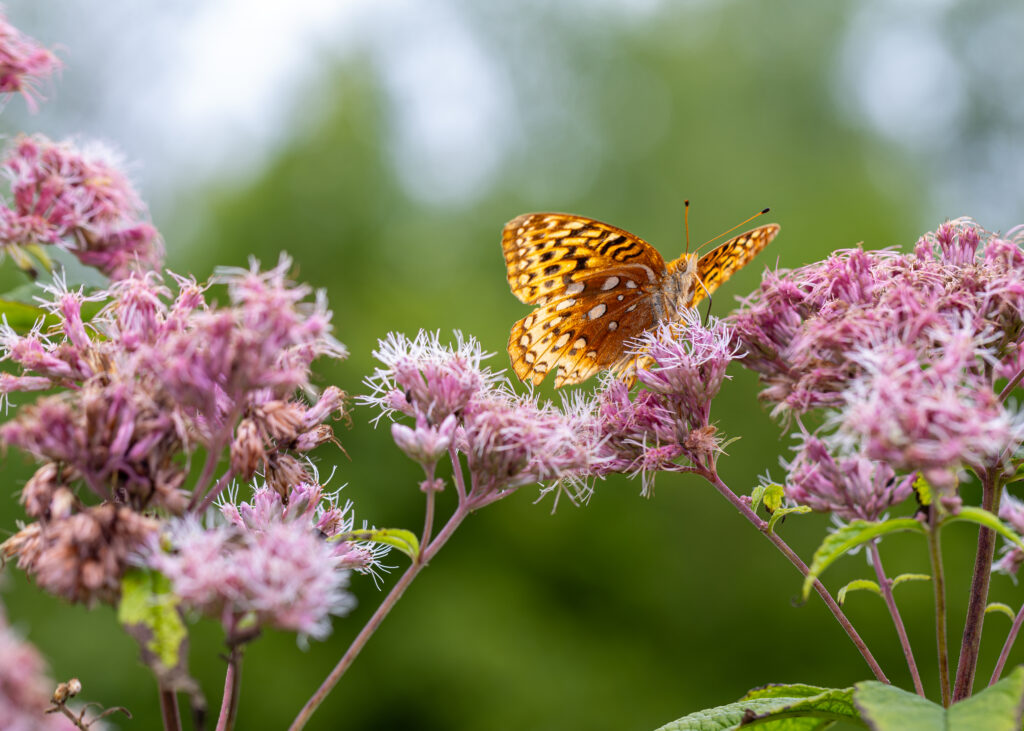
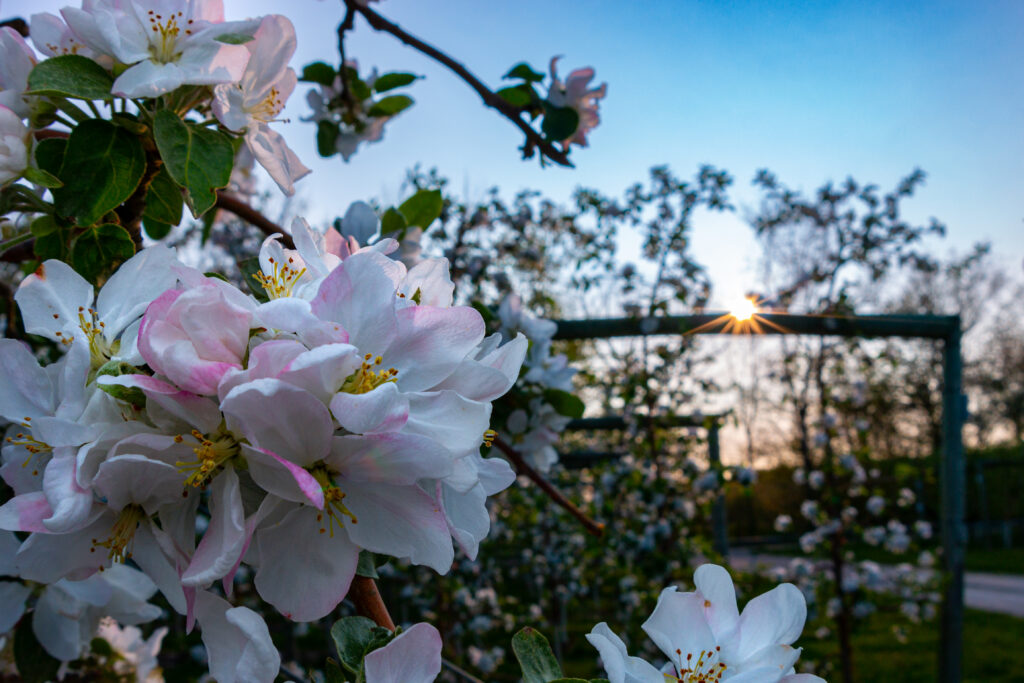
These farmers use pest management measures to minimize pesticide use. “Years ago, the recommendation would’ve been to spray an insecticide every five-to-seven days, because people didn’t really know when the problem was happening,” Gervais said. Pesticides are now used as a last resort, and with a focus on options that are the least toxic to bees and other beneficial insects.
If measures to sustain native bee populations aren’t implemented more broadly, and a pathogen were to knock out 80 per cent of honeybee hives in a year, “then we would be left with nothing,” Colla said.
Efforts to protect one species carry over to others. Gervais spotted six bumblebee species in his orchards during the spring bloom, and saw many native bees over the growing season. And many insect-eating birds returned to his property too, an indicator of ecosystem health.
Farmers know their livelihood rests with a healthy native bee population. Efforts to protect and restore wild pollinators build a resilient food system, while relying on honeybees alone creates a vulnerability that climate change further exposes.
